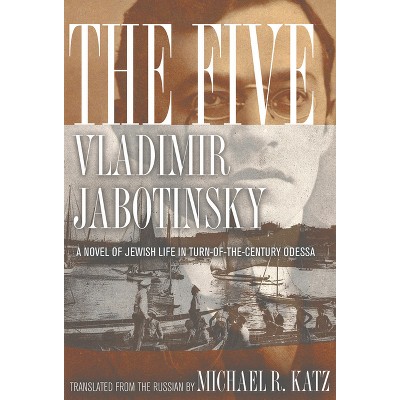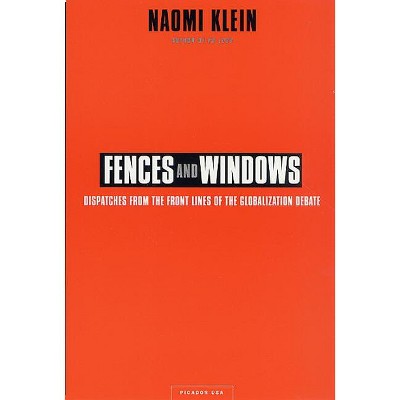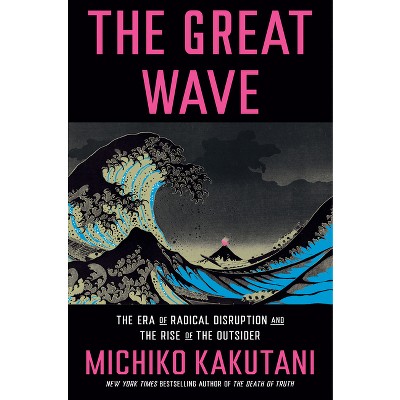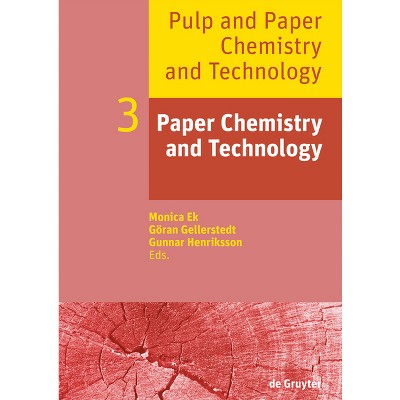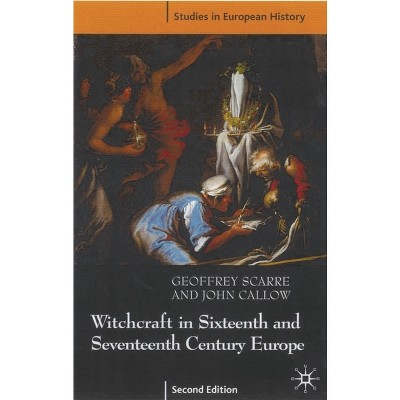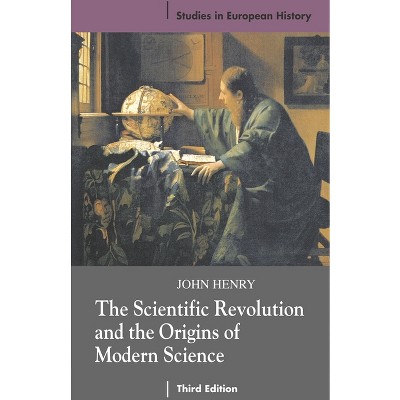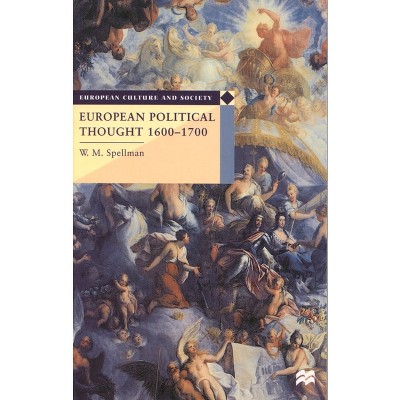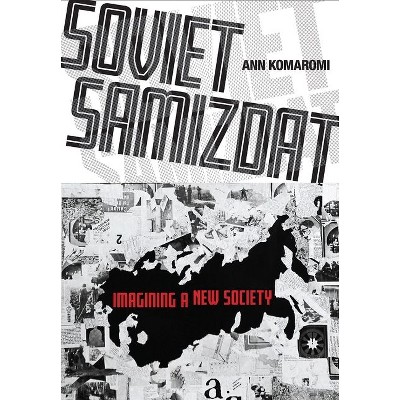Sponsored

The Fall of Soviet Communism, 1986-1991 - (Studies in European History) by Jeremy Smith (Paperback)
$37.95
In Stock
Eligible for registries and wish lists
Sponsored
About this item
Highlights
- In 1991, Communist rule in the Soviet Union came to an end after 84 years, and the world's largest state, one of the two global superpowers, broke up into fifteen independent countries.
- About the Author: JEREMY SMITH is Lecturer in Russian History at the Centre for Russian and East European Studies at the University of Birmingham, UK, and has previously worked at the University of Helsinki, Finland.
- 144 Pages
- History, Russia & the Former Soviet Union
- Series Name: Studies in European History
Description
Book Synopsis
In 1991, Communist rule in the Soviet Union came to an end after 84 years, and the world's largest state, one of the two global superpowers, broke up into fifteen independent countries. Few had predicted such an outcome when Mikhail Gorbachev became the leader of the Soviet Union six years before. Jeremy Smith discusses the long-term and short-term factors behind this extraordinary collapse, assessing the impact of economic crisis, nationalism, personalities and democratization in the process.From the Back Cover
The fall of communism and the break-up of the Soviet Union into 15 independent states in December 1991 was one of the most significant events of the twentieth century. In the last years of Soviet rule, images of mass protests on the streets of Moscow, Tbilisi and Vilnius, bloodshed in Baku, striking miners, Mikhail Gorbachev wooing the West, and Boris Yeltsin defiantly mounting a tank in front of the White House building in Moscow, shattered all of the old certainties about the seemingly unbreakable communist system. Gorbachev and Yeltsin were the dominant figures in this process, but non-Russian national movements, workers, intellectuals, and international developments all had roles to play. Jeremy Smith presents the dramatic events of 1985-91 in a clear and succinct form, setting out a variety of interpretations for the demise of communism in the Soviet Union, and suggesting new approaches to answering the unresolved question of why it happened. Smith discusses the long-term and short-term factors behind the extraordinary collapse, assessing the impact of economic crisis, nationalism, personalities and democratization in the process.About the Author
JEREMY SMITH is Lecturer in Russian History at the Centre for Russian and East European Studies at the University of Birmingham, UK, and has previously worked at the University of Helsinki, Finland. His previous publications include The Bolsheviks and the National Question, 1917-23 (1999), also published by Palgrave Macmillan.
JEREMY SMITH is Lecturer in Russian History at the Centre for Russian and East European Studies at the University of Birmingham, UK, and has previously worked at the University of Helsinki, Finland. His previous publications include The Bolsheviks and the National Question, 1917-23 (1999), also published by Palgrave Macmillan.
Dimensions (Overall): 8.54 Inches (H) x 5.58 Inches (W) x .38 Inches (D)
Weight: .41 Pounds
Suggested Age: 22 Years and Up
Number of Pages: 144
Genre: History
Sub-Genre: Russia & the Former Soviet Union
Series Title: Studies in European History
Publisher: Bloomsbury Publishing PLC
Format: Paperback
Author: Jeremy Smith
Language: English
Street Date: August 6, 2005
TCIN: 85569148
UPC: 9781403916020
Item Number (DPCI): 247-00-2360
Origin: Made in the USA or Imported
If the item details aren’t accurate or complete, we want to know about it.
Shipping details
Estimated ship dimensions: 0.38 inches length x 5.58 inches width x 8.54 inches height
Estimated ship weight: 0.41 pounds
We regret that this item cannot be shipped to PO Boxes.
This item cannot be shipped to the following locations: American Samoa (see also separate entry under AS), Guam (see also separate entry under GU), Northern Mariana Islands, Puerto Rico (see also separate entry under PR), United States Minor Outlying Islands, Virgin Islands, U.S., APO/FPO
Return details
This item can be returned to any Target store or Target.com.
This item must be returned within 90 days of the date it was purchased in store, shipped, delivered by a Shipt shopper, or made ready for pickup.
See the return policy for complete information.
